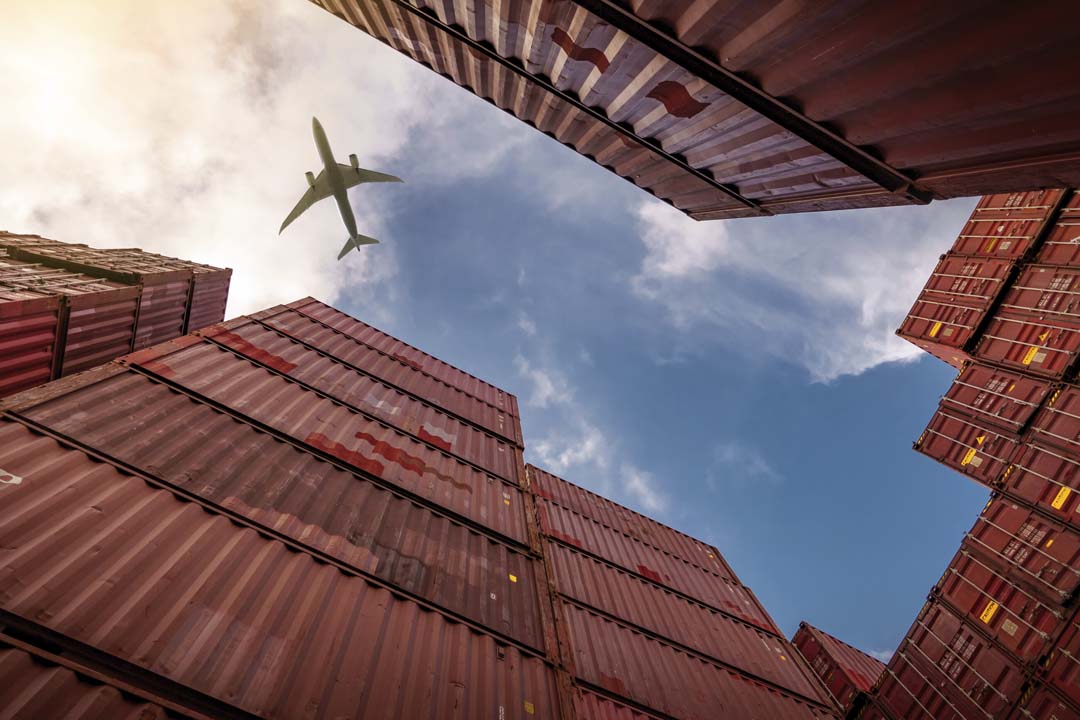Financing for international trade is looking for benefits offered by artificial intelligence
Lisää aiheesta
Manual work decreases, transaction costs diminish, competitiveness increases and payment transactions become faster. All this will be possible when the recommendations of the International Chamber of Commerce on increasing digitalisation are deployed as practical actions and standards.
The decreasing demand for printing and writing paper globally seems odd when viewed against the backdrop of the current practices in international trade. This is because in it, four billion pages of documentary credit materials are sent and received each year to ensure that goods, services and money move as agreed between the seller and buyer.
The International Chamber of Commerce (ICC), which creates standards and guidelines for trade, has justly paid attention to this fact. An international working group of 15 people has discussed the digitalisation of documentary credit practices and published a white paper on the subject this spring.
Finland, a country known for its use of smart technology, has three representatives in the working group. Business Lead Antti Niemelä from OP Corporate Bank explains why there is no alternative to the digitalisation of the practices.
“Trade across borders is important and the financing of trade is a central element in it, essential also from the perspective of the national economy, Digitalisation has not been introduced to the processing of documentary credit in the same way as with e.g. payments and foreign exchange trading. This is a question of missing standards.”
Minna Väisänen, Manager, Trade & Export Finance at Valmet, adds that there are many parties operating in international trade, and the practices have not been standardised.
“Documentary credit is a very important and widely used tool for companies to mitigate credit and political risks. Documentary Credit currently entails a lot of manual processing, which increases expenses and slows the payments. There are technologies and alternatives available; what is needed now is the will to start using them.”
Solving the puzzle piece by piece
The coronavirus pandemic and the ship that was stuck in the Suez Canal served as reminders of how easily international trade can be disrupted by a major incident. The disturbances are easier to tackle with smart digital tools than with physical methods.
The goals of the working group’s effort are clear: decreasing manual work, lowering transaction costs, improving competitiveness and accelerating payment transactions. According to Niemelä, a fully digital environment will be implemented gradually.
“We will start putting the puzzle together one piece at a time, concentrating on the content. The work will focus on the automatic checking of documentary credit documents and proceed along the levels of automation. At the final level, the work will be performed fully automatically.”
With the paper and analysis of the matter completed, the first step will be to create a standardised way for processing. According to Väisänen, the automatic checking of documents has already progressed quite far. What actually happens in the process?
“Compliance of the required documents with the conditions of the documentary credit is checked, after which the money will be transferred. The check, which is currently carried out fully manually, can be performed automatically with the help of artificial intelligence.”
Document checking and the resulting manual work is generally seen as the bank’s risk. Väisänen emphasises that in the big picture, companies will also benefit from digitalisation through faster completion of documentary credit payments and cleaner documentation presentations.
“The matter should be viewed as a single process. Even though banks bear the responsibility of checking the documents, companies could check the documents in advance using artificial intelligence before presenting them to their banks. This would improve the quality of the documents and further accelerate the process. We now need material volume to help the machine to learn and to develop a working foundation for a standard,” Niemelä says.
Support and encouragement for deployment
With a new idea, there are always some doubts as well. Some find documentary credit to be a difficult and complex matter that is difficult to interpret. According to Niemelä, the working group has been in agreement regarding many issues, whereas there have been differences in the approach and the level of optimism.
There is shared motivation, but the challenge in the fragmented field is the lack of mutual focus. There are a lot of players in the field and good ideas are brought up which, however, will not eventually work with each other, as the parties coming up with the ideas lack a view on their concrete implementation.
“The role of the ICC is essential for creating a standard and supporting and encouraging its deployment.”
Niemelä finds that digitalisation has been a rather abstract issue that is slowly becoming more and more concrete. It requires working with companies on a practical level and taking determined steps.
Väisänen emphasises that the ICC has been doing a great job and creating useful guidelines for documentary credit processes. One of them is “Guidance notes for documentary credit formats”. In it, the ICC advices that any initiatives concerning documentary credit should be clear and simple in nature. This provides an important basis for the standardisation and more extensive digitalisation of documentary credit.
The paper available now is one of many creations by the ICC.
